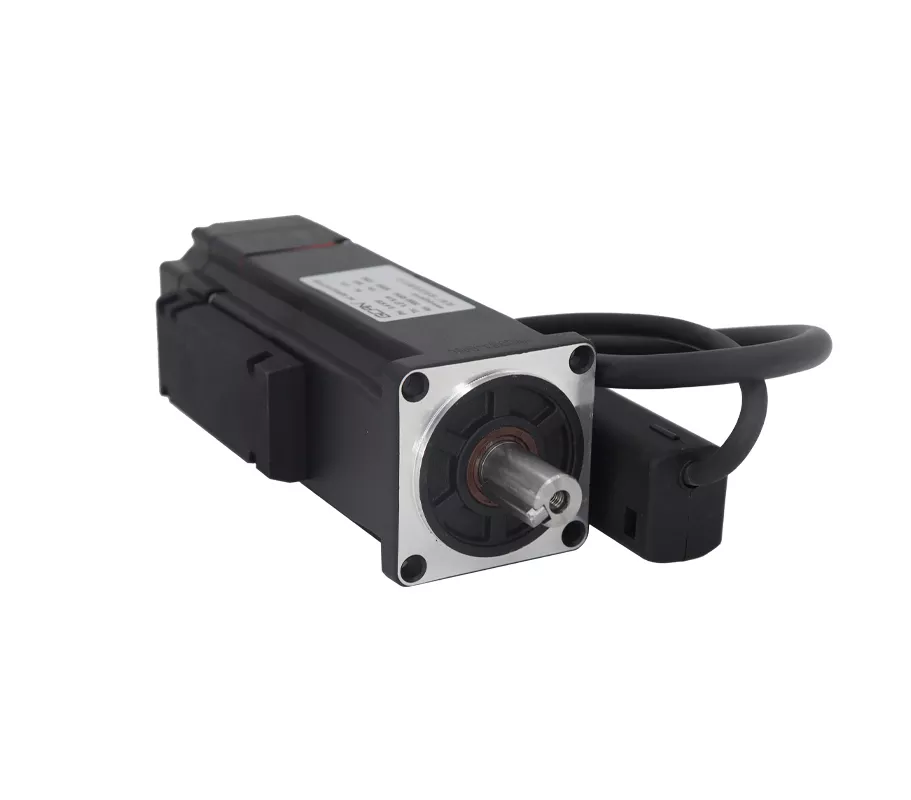Les micro-servomoteurs désignent généralement servomoteurs de volume relativement faible et d'une puissance inférieure à 1000W.
Bien entendu, il n'existe pas de norme absolue pour déterminer ce qu'est un micro-servo, un petit servo ou un grand servo.
En effet, le choix d'un servo a pour but de répondre aux besoins du projet.
Quels sont les besoins du projet ?
Les principales sont les suivantes puissance, couple de sortie, vitesse nominale, stabilité de fonctionnement, prix etc. du moteur.
Il faut d'abord examiner le volume et le poids.
Comme il s'agit d'un micro servomoteur, il doit être de petite taille et léger.
D'une part, cela permet de l'intégrer dans un plus grand nombre d'appareils et, d'autre part, il est également facile à transporter.


Ensuite, il y a le pouvoir.
En général, les moteurs plus puissants ont une tension et un courant d'alimentation plus élevés et nécessitent plus de composants.
Limitée par le faible volume et le poids, la puissance du micro servo ne sera pas très importante, généralement comprise entre quelques centaines de watts et quelques milliers de watts.
En effet, si la puissance est trop élevée, la dissipation de la chaleur est également un problème important.
Les micro-servos ne disposent pas d'un système de dissipation thermique aussi complet que les grands servos.
Examinez ensuite la vitesse du moteur et le couple de sortie.
En termes de vitesse, les micro-servos sont relativement rapides, et des milliers de tours par minute sont normaux.
Le couple est limité par la puissance.
Ce type de servo ne peut fournir qu'un couple d'environ quelques Nm.
Cela s'applique à la plupart des cas et ne signifie pas qu'il existe des dispositifs spécifiques capables de délivrer une valeur plus élevée.
En outre, le micro-servo est relativement simple et pratique à entretenir.
Il est intégré à divers encodeurs et sa précision de mouvement est très élevée.
Diverses lignes de production de haute précision, telles que celles qui produisent des semi-conducteurs, sont dotées de servomoteurs dans leurs mécanismes de mouvement.
À la recherche d'un Passerelle CAN Fibre Optique pour votre prochain projet ? Cliquez pour en savoir plus !
